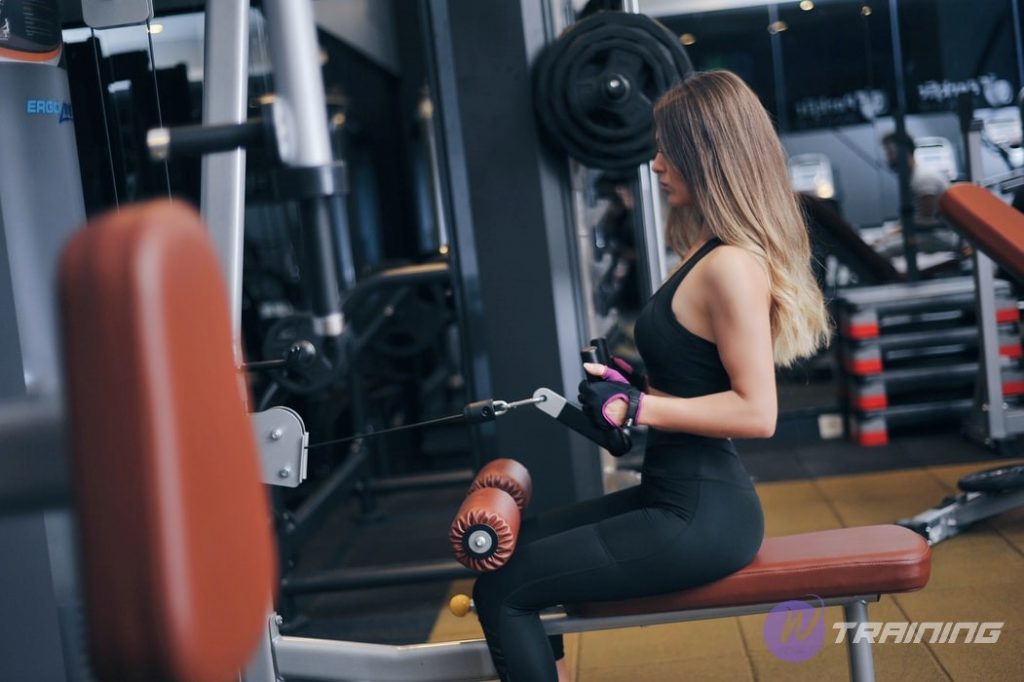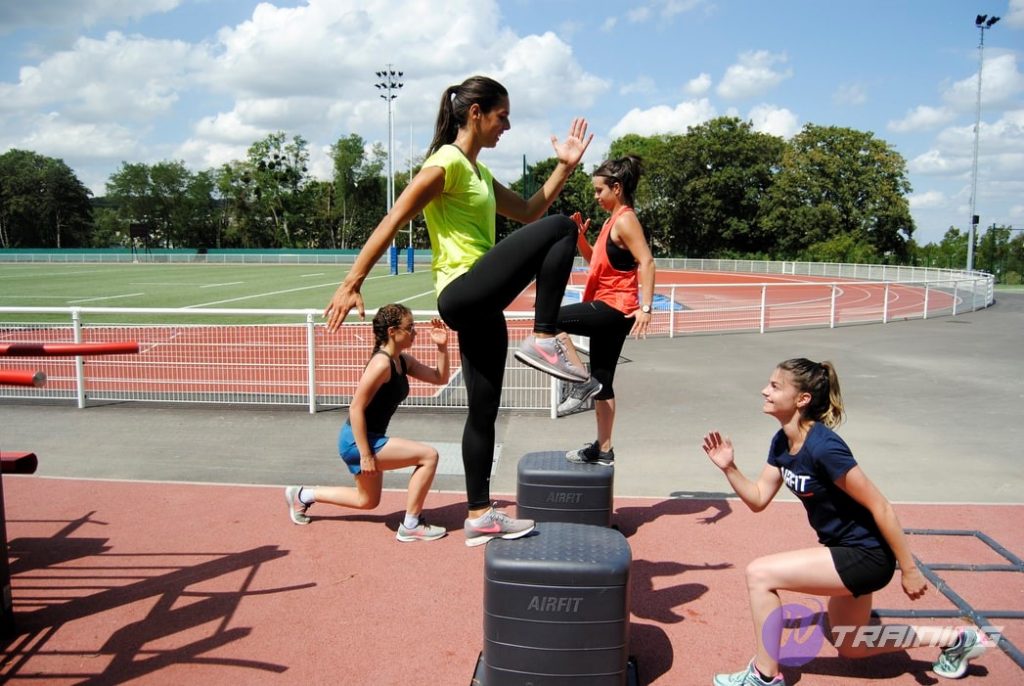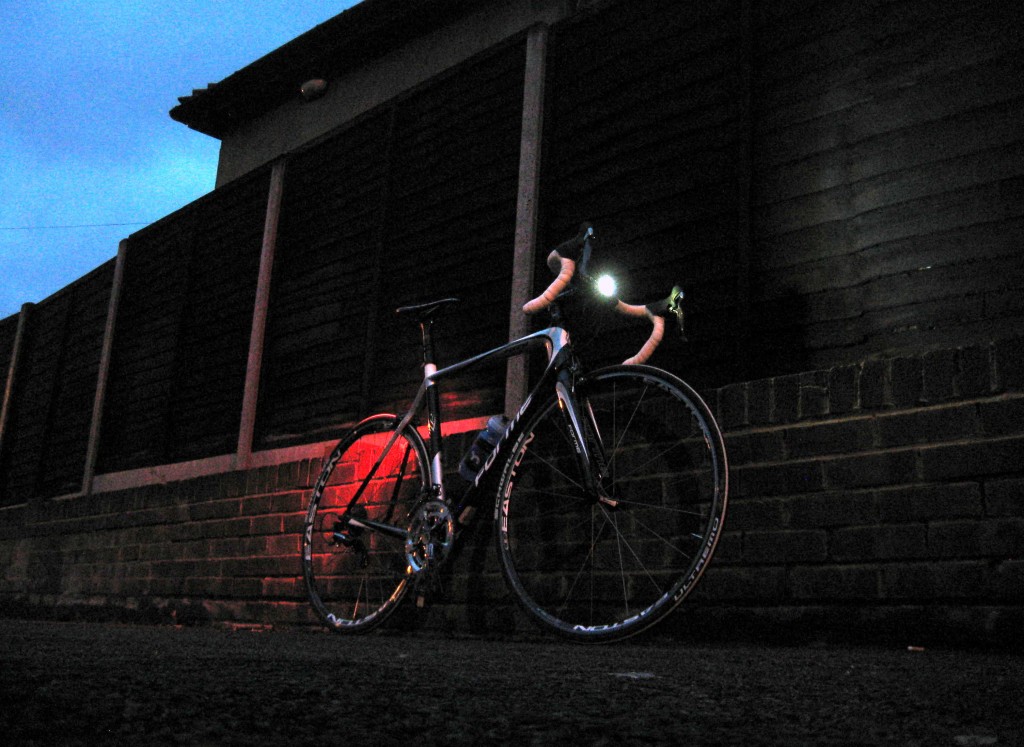There are many people who swear by early workouts without fueling up first because they believe that “fasted” workouts are better for you and could actually burn more fat. Is fasted cardio really a good idea? Follow us to know.
What is fasted cardio?
Fasted cardio refers to cardiorespiratory exercise performed in a fasted state. A fasted state is one in which you have completely digested and absorbed your last meal/snack and your insulin levels are at a low or baseline level. In general, this would be at least three to four hours after a meal. In most research studies, fasted exercise is performed in the morning before the first meal of the day, and the participants have not eaten for eight to twelve hours.
Benefits of Fasted Cardio
While it doesn’t offer a viable long-term solution, based on the evidence available, working out in a fasted state could be a SHORT-TERM technique for helping a client achieve a specific body-composition goal. Here are three things to consider about using fasted fitness.
For years, bodybuilders and figure competitors have used fasted movement to help reduce body fat before a competition.
This is because low-intensity steady-state (LISS) movement below approximately 70 percent of your maximum heart rate will rely on FFAs as the primary fuel source. To be most effective for fat burning, working out in a fasted state should focus on LISS, in which the intensity is low enough that you are sweating but can still talk comfortably. When you can talk while working out, it means fat—metabolized with oxygen—is the primary source of fuel. As movement intensity increases, the body will start using more carbohydrates, leading to a faster breathing rate (to expel carbon dioxide), which limits the ability to speak comfortably.
The body is an extremely adaptable organism.
If the same workout is performed at the same intensity for an extended period, the body will become very efficient at producing energy to fuel the activity. Doing fasted workouts first thing in the morning could help you move past a plateau, but after a period of time, your body will adapt to this condition, which is the signal that it’s time to change the workout and challenge your body in a different way.
You may be one of those people who prefer to work out first thing in the morning on an empty stomach.
If this is the case, you can maximize fat metabolism by focusing on LISS over higher-intensity workout protocols. However, if you do want to do high-intensity interval training (HIIT) in a fasted state, keep it short—less than 10 or 12 minutes—because too much HIIT could elevate cortisol and lead to gluconeogenesis, which should be avoided for optimal muscle growth.
See also: Fully Guided Pistol Squat Exercises (From Basic To Advanced)
Risks of Fasted Cardio
While body fat reduction may be a benefit of fasted cardio, it’s important to note some of the potential drawbacks of this nutrition and fitness approach:
- The same 2012 study referenced above that followed fasting effectiveness in athletes during Ramadan found that fasting participants also experienced some negative effects, including dehydration and reduced renal function. (Because Ramadan fasting includes abstinence from both food and water, the negative effects of dehydration and reduced renal function may not apply to fasters who continue to drink water normally.)
- A 2011 review published in the Strength and Conditioning Journal found that working out in a fasted state could lead to protein loss. While performing a cycling workout, the study participants were found to have lost protein, and in turn, muscle. These findings show that if you’re trying to build muscle mass, fasted cardio may not be the optimal choice.
- Similarly, fasted cardio may not lead to longer workouts. If endurance workouts—marathon training, for example—are your goal, fasted cardio may not be the best option. The same 2018 review noted earlier found that consuming food pre-workout can naturally lead to a longer endurance aerobic session. On the other hand, working out in a fasted state can result in a shorter workout.
- Another 2019 study measured the workout efficiency of 20 male cyclists who performed fasted workouts and fed workouts. After both sessions, the study authors found that fasted workouts negatively impact workout intensity and volume. Such research suggests that working out on an empty stomach can adversely impact how intensely you perform a workout.
Who can do fasted cardio?
The habit of emptying your stomach when doing cardio can bring certain benefits if you are in stable health. This is a suitable exercise regimen for those who are overweight and want to lose weight quickly. You might consider fasted cardio if:
-
Want to burn more fat:
The method of doing cardio using a treadmill or bicycle before a meal is said to help lose weight effectively. If you exercise on an empty stomach, your body has no calories or excess energy, so it is forced to use stored energy. The energy used at this time is glycogen and fat accumulated in the body.
A few small studies show that exercising in the morning after 8-12 hours without eating at night can help you burn up to 20% more fat.
-
Afraid of high blood sugar after eating:
Having a meal or even a snack before cardio can cause blood sugar to rise. This can make you feel tired during exercise. This feeling of fatigue is most likely to occur when you eat foods high in fat and fiber in the morning.
To avoid high blood sugar, you can exercise on an empty stomach if you feel that the meal is too big or if you do not have enough 1-2 hours to digest the food before exercise.
-
Enjoy the feeling of exercising when hungry:
The way to practice fasted cardio is not only based on the need to lose weight but also depends on individual preferences. Some people only like to exercise on an empty stomach, but there are also people who exercise more effectively after eating 2-3 hours.
To see if you should exercise on an empty stomach, start experimenting with fasted cardio in small steps first. The first day, try snacking on a banana or a piece of toast before your workout and listen to your body’s response. If you find that your body has a positive response, you can try exercising as soon as you wake up the next morning.
Who should not do fasted cardio?
The form of cardio exercise without eating may not be suitable for certain groups of people. Especially those with weak health. Fasted cardio is also not the ideal choice for those who aim to build muscle. You should consider carefully if you belong to the following groups:
-
You want to gain muscle mass:
Maintaining muscle is not the same as gaining muscle mass. If you want to maintain muscle mass, you just need to eat enough protein and use your muscles regularly. So you can do fasted cardio. However, those who are aiming to gain muscle should not starve while exercising.
When the body is in a calorie deficit, it will often use stored carbs and fat, not muscle. However, the habit of exercising on an empty stomach for a long time can cause the body to run out of energy and have to draw energy from the muscles. This will cause you to gradually lose muscle and not be able to build muscle as well as expected.
-
You like to do exercises that require strength and speed:
If you want to do some exercises that require a lot of energy or speed, consider eating before exercising to get enough strength. Glucose is a suitable fuel source for activities that require energy and speed. However, the body will not have enough of this necessary energy source when you do not eat.
-
You have some medical conditions:
To be able to do cardio on an empty stomach, you need to be in good health. You should consider avoiding fasted cardio when you have medical conditions that can cause a drop in blood pressure or blood sugar and lead to dizziness. These conditions can put you at a higher risk of injury while exercising.
The secret to doing cardio when hungry safely
You decide to try fasted cardio after considering your health and fitness goals? Here are some extra points to keep in mind to be on the safe side:
- Always drink enough water while exercising.
- Do not do cardio for more than 60 minutes without eating.
- Choose moderate to low-intensity exercises.
- Weight and shape are not only determined by when you exercise, but also by your lifestyle and diet. Therefore, you should not force yourself to do fasted cardio for the sake of weight loss if you feel tired or unfit. Instead, you should choose a form of exercise that you are comfortable with. Therefore, you can maintain a long-term physical training habit.
Exercises not only help you to have a slim body but also need to ensure you have good health and flexibility is a healthy choice. Patiently combine exercise with diet and rest, you will get better and better!
Read more:
Best Cycling Apps For Smart Trainers: Which Should You Install?
Top 7 Best Calorie Counter Apps – Perfect Tracking Diary











